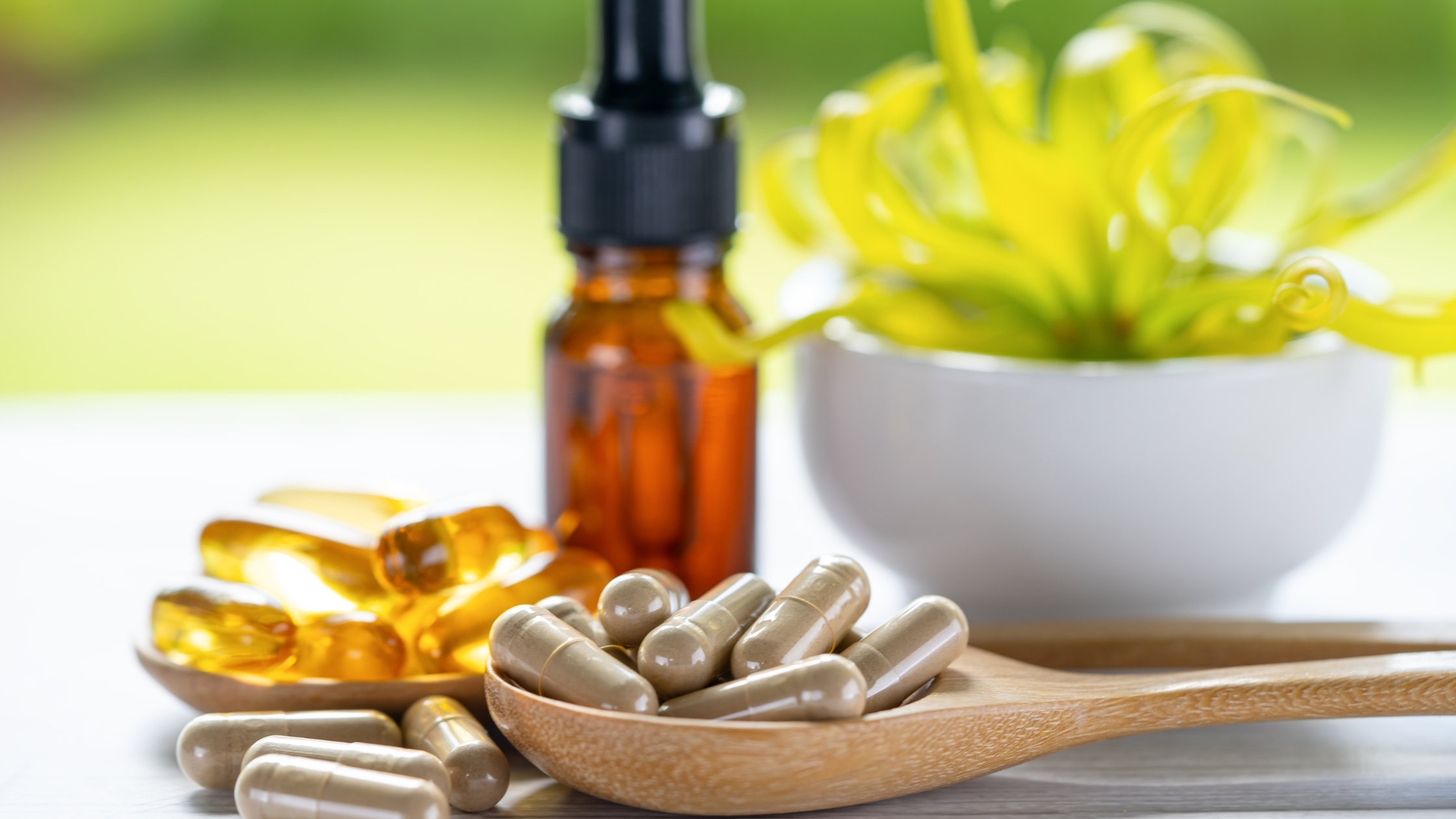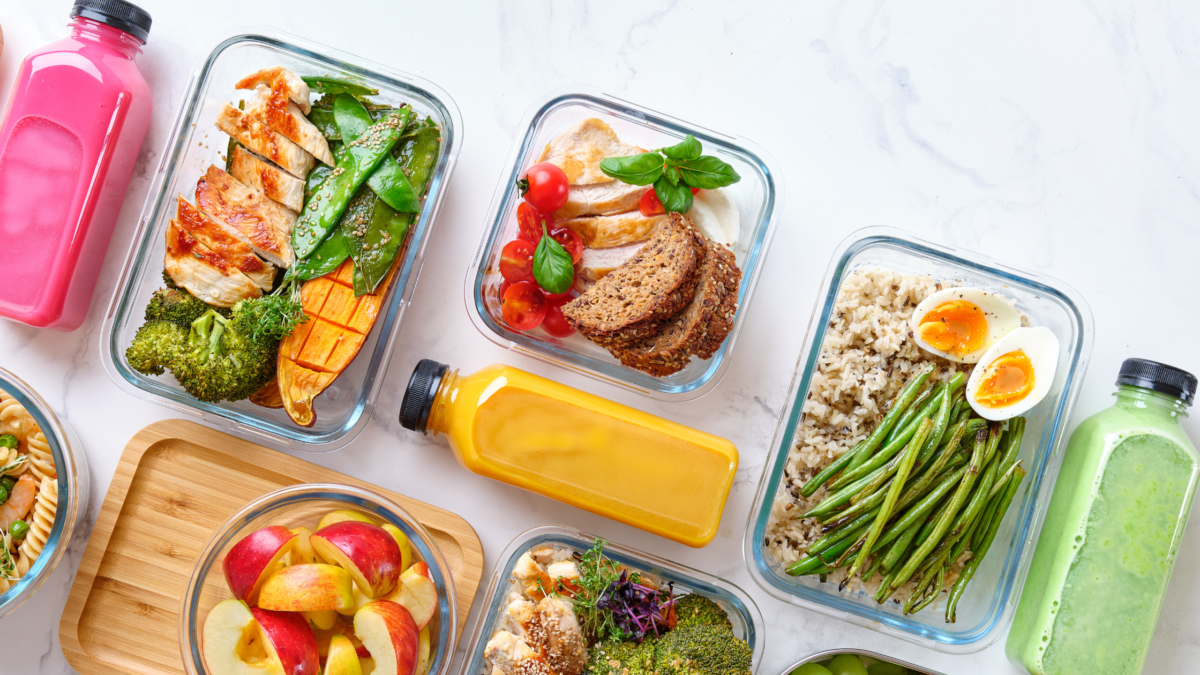


Medically Reviewed By Margaret Etudo. Written By The Vitamins For Woman Team.
Ease chronic inflammation with this 7-day anti-inflammatory meal plan, featuring proven, healing foods that support joint and immune health.

Inflammation is the body’s natural response to injury or infection, but when it becomes chronic, it can silently damage tissues and organs.
For women managing autoimmune disorders, arthritis, or other chronic illnesses, dietary choices play a crucial role in recovery and healing. While medication is essential in many cases, diet can act as a complementary approach to reduce flare-ups and pain.
This article offers a practical, evidence-based 7-day anti-inflammatory meal plan. It includes what to eat, what to avoid, simple recipes, and answers to common questions.
If you’re seeking a sustainable approach to managing inflammation through diet, this guide is a great starting point.
An anti-inflammatory diet isn’t a trend; it’s a well-researched approach to eating that emphasizes whole, unprocessed foods known to lower inflammation in the body.
It draws from the Mediterranean diet, which reduces markers such as C-reactive protein (CRP), a key indicator of systemic inflammation.
According to Harvard Health, the most potent anti-inflammatory foods include:
Certain foods are known to worsen inflammation and should be minimized:
For women with arthritis or autoimmune conditions, avoiding these triggers can significantly reduce flare-ups and pain intensity.
This simple, easy-to-follow 7-day plan focuses on fresh, affordable, and widely available ingredients. Feel free to swap based on seasonal availability or preferences. Aim to drink at least eight glasses of water daily and limit added sugar to no more than 25 grams per day.
Breakfast: Turmeric banana smoothie with unsweetened almond milk, chia seeds, and a dash of black pepper
Lunch: Grilled salmon salad with mixed greens, walnuts, cherry tomatoes, and olive oil vinaigrette
Dinner: Quinoa-stuffed bell peppers with black beans and avocado
Breakfast: Overnight oats with blueberries, cinnamon, and flaxseeds
Snack: Hummus with carrot and cucumber sticks
Lunch: Lentil and vegetable soup with a slice of whole-grain sourdough
Dinner: Baked cod with sweet potato mash and sautéed kale
Breakfast: Greek yogurt with raspberries, pumpkin seeds, and honey
Lunch: Brown rice bowl with roasted chickpeas, zucchini, and tahini dressing
Dinner: Turkey and spinach stir-fry with garlic and ginger
Breakfast: Avocado toast on rye with poached egg and cherry tomatoes
Lunch: Grilled veggie and hummus wrap
Dinner: Shrimp stir-fried with broccoli, bell peppers, and turmeric over wild rice
Breakfast: Chia pudding with almond milk, mango chunks, and hemp seeds
Snack: Apple slices with almond butter
Lunch: Baked tofu with quinoa and sautéed bok choy
Dinner: Chicken and vegetable stew with rosemary and garlic
Breakfast: Smoothie bowl with spinach, banana, mixed berries, and flaxseed
Lunch: Tuna salad with olive oil, lemon, and arugula
Dinner: Whole-grain spaghetti with cherry tomatoes, olives, spinach, and olive oil
Breakfast: Steel-cut oats with cinnamon, pear slices, and walnuts
Lunch: Quinoa tabbouleh with cucumbers, tomatoes, parsley, and lemon juice
Dinner: Grilled salmon with roasted Brussels sprouts and mashed cauliflower
You can incorporate high-fiber foods for extra benefits.
These easy, nutrient-packed recipes align perfectly with the plan:
Ingredients:
Method:
Bake salmon with garlic and lemon at 356°F (180 °C) for 12–15 minutes. Serve with cooked quinoa, steamed broccoli, and arugula tossed in olive oil.
Why it works: Rich in omega-3s, antioxidants, and fiber, this meal hits all the anti-inflammatory targets.
Ingredients:
Method:
Toss all ingredients together and drizzle with oil and vinegar. Add grilled chicken or tofu for protein.
Why it works: Polyphenols in berries, ALA in walnuts, and the olive oil dressing make this a top-tier anti-inflammatory lunch.
Ingredients
Method
In a large pot, heat olive oil. Sauté onion, garlic, and ginger until fragrant. Add turmeric and cumin, then stir in lentils and vegetables. Pour in the broth and bring to a boil. Simmer for 20–25 minutes, or until the lentils are tender and soft. Finally, add spinach during the last 2 minutes of cooking. Season and serve warm.
Why it works: This stew is rich in plant protein, fiber, and anti-inflammatory spices like ginger, garlic, and turmeric.
Ingredients
Method
Toss diced sweet potatoes with olive oil, cumin, and paprika. Roast at 200°C (400°F) for 25 minutes. Warm black beans in a pan with a splash of water and a pinch of salt. Assemble tacos: tortilla, beans, roasted sweet potatoes, avocado, red onion, cilantro. Finally, squeeze fresh lime juice on top before serving.
Why it works: Sweet potatoes and beans offer fiber and antioxidants, while cumin and paprika add flavor with anti-inflammatory benefits.
Ingredients
Method
In a small jar or bowl, whisk together all ingredients (except toppings). Refrigerate for at least 4 hours or overnight. Finally, stir well before serving and add toppings.
Why it works: This is a fiber-rich, anti-inflammatory breakfast thanks to the addition of turmeric, cinnamon, and omega-3–rich chia seeds.
Some people notice reduced joint stiffness and better energy levels within 7–14 days, especially if they eliminate ultra-processed foods and sugar. Clinical changes, such as lowered CRP levels, may take weeks to months. Consistency is key.
Yes—complex carbs like oats, quinoa, sweet potatoes, and brown rice are encouraged. These carbohydrates provide fiber, B vitamins, and help maintain balanced blood sugar levels, which are essential for regulating inflammation.
Moderate coffee intake (1–2 cups per day) is generally considered safe and may even offer anti-inflammatory benefits due to the presence of polyphenols. You should avoid adding refined sugar or non-dairy creamers with trans fats.
This 7-day anti-inflammatory meal plan isn’t a temporary fix; it’s a foundational shift toward eating foods that support your body’s healing process.
For women living with chronic inflammation, even minor dietary adjustments can lead to noticeable improvements in joint function, mood, and daily energy levels.
If you’re starting, remember: it’s not about perfection. It’s about progress. Swap inflammatory foods for nutrient-dense, whole ingredients whenever possible. Monitor your feelings over time, and consult your doctor or a registered dietitian if you have specific medical concerns.
To make this lifestyle easier, consider using anti-inflammatory meal delivery services or investing in a reputable anti-inflammatory cookbook for long-term support. For curated ingredient lists and tips on where to buy anti-inflammatory foods, local farmers markets, natural food stores, and reputable online retailers are your best bet.
Magno MS, Moschowits E, Morthen MK, et al. Greater adherence to a mediterranean diet is associated with lower C-reactive protein (Crp) levels, but not to lower odds of having dry eye disease. Ocul Surf. 2023;30:196-203.
LeWine HE. Foods that fight inflammation. Harvard Health.
Nfukwe W. B. The role of nutrition in managing autoimmune diseases. NIJRMS. 2025;6(2):193-201.
Zhu Y, Garcia-Larsen V, Bromage S, et al. Association between ultraprocessed food intake and self-reported arthritis. American Journal of Preventive Medicine. 2025;68(6):1109-1119.
Yahfoufi N, Alsadi N, Jambi M, Matar C. The immunomodulatory and anti-inflammatory role of polyphenols. Nutrients. 2018;10(11):1618.

medically reviewed by margaret etudo, BPharm. written by the vitamins for woman team.